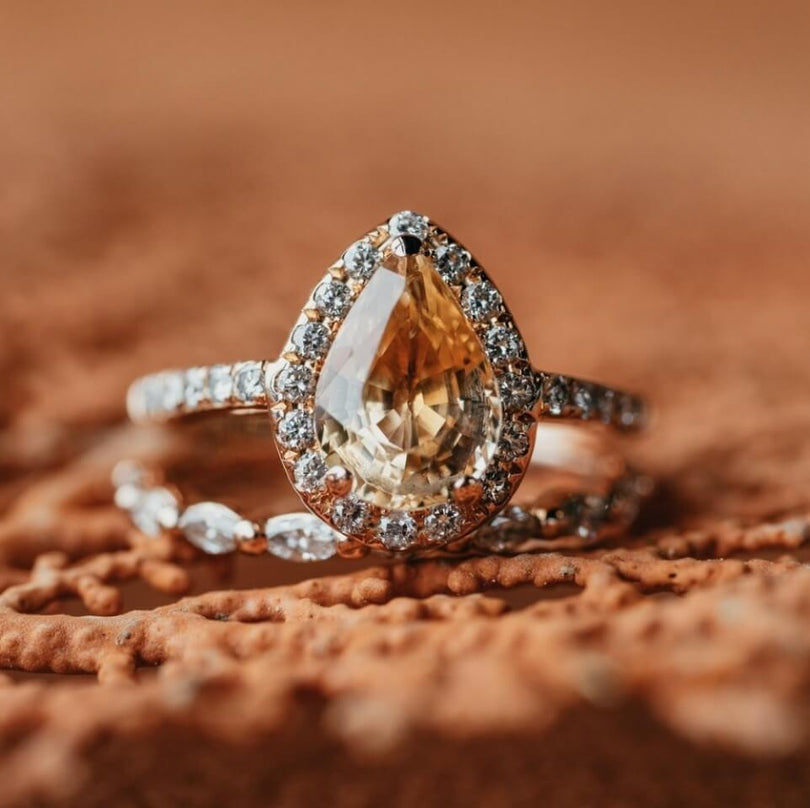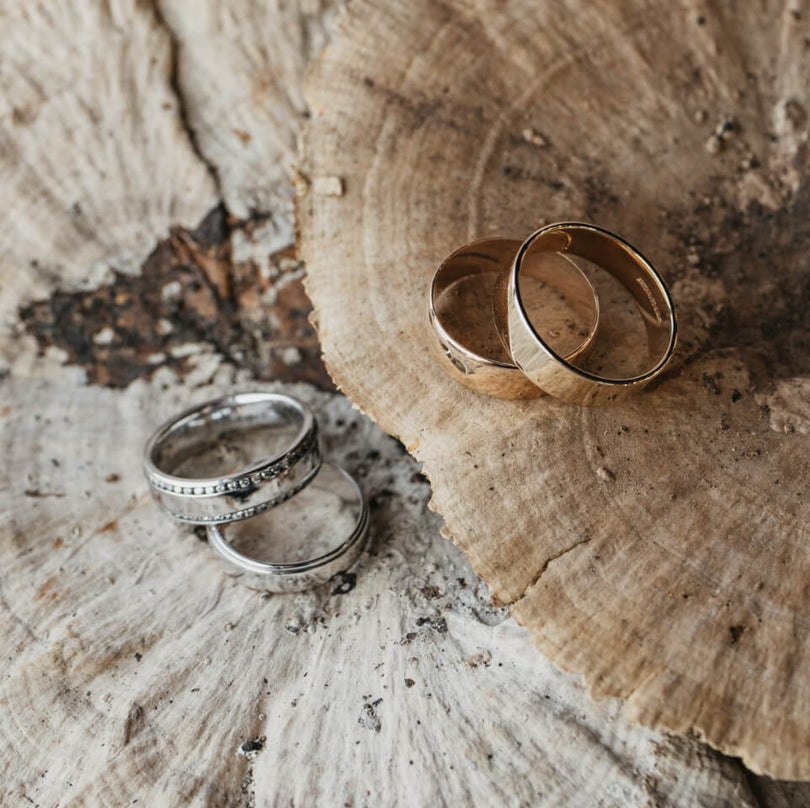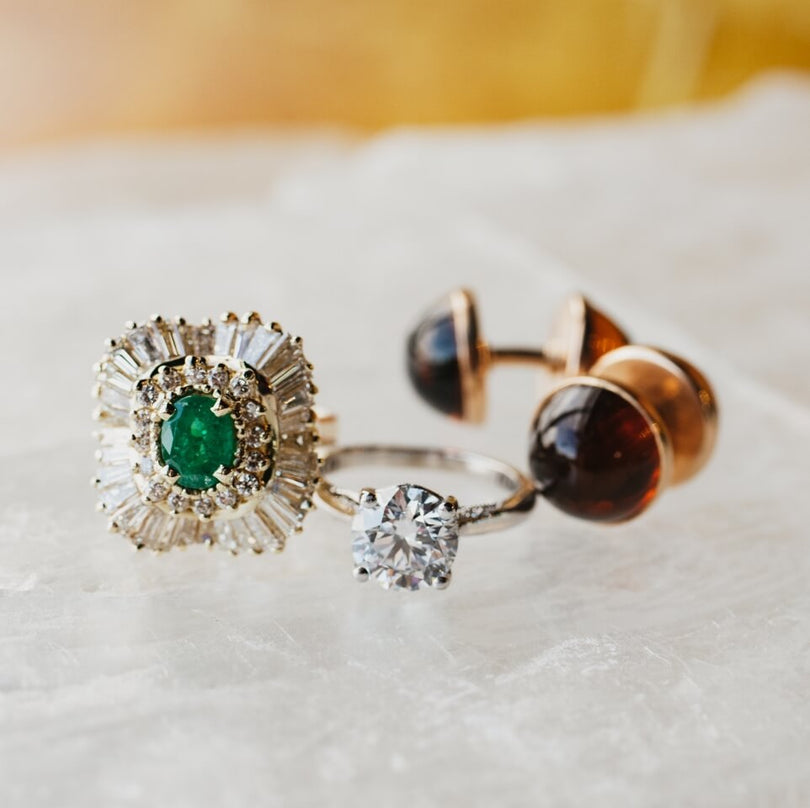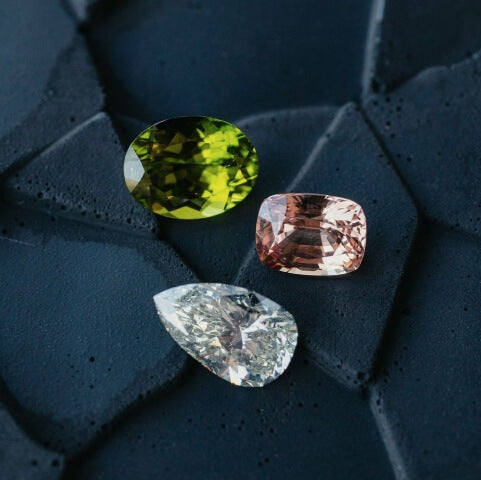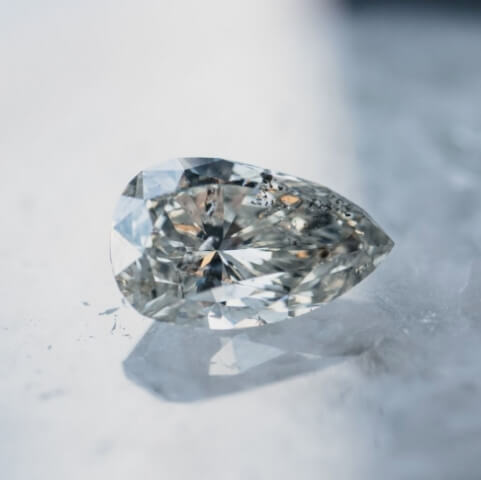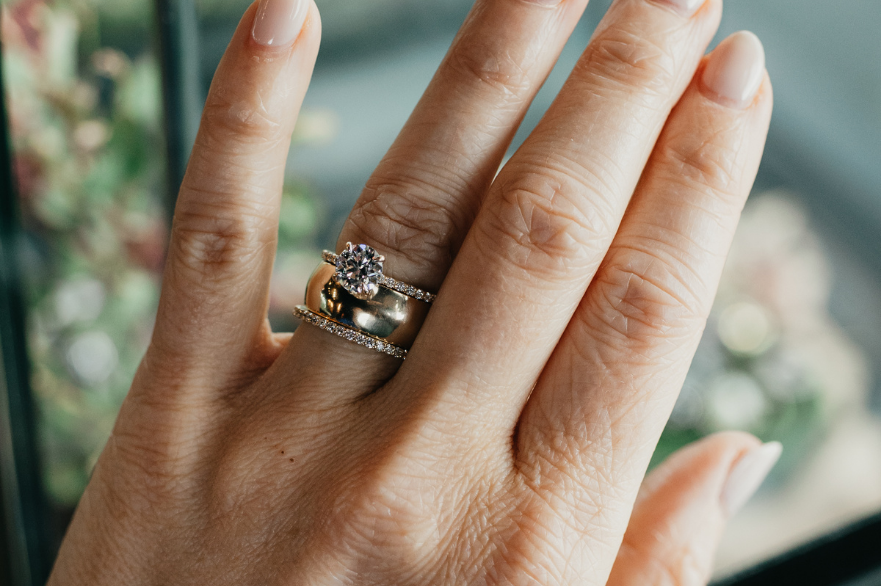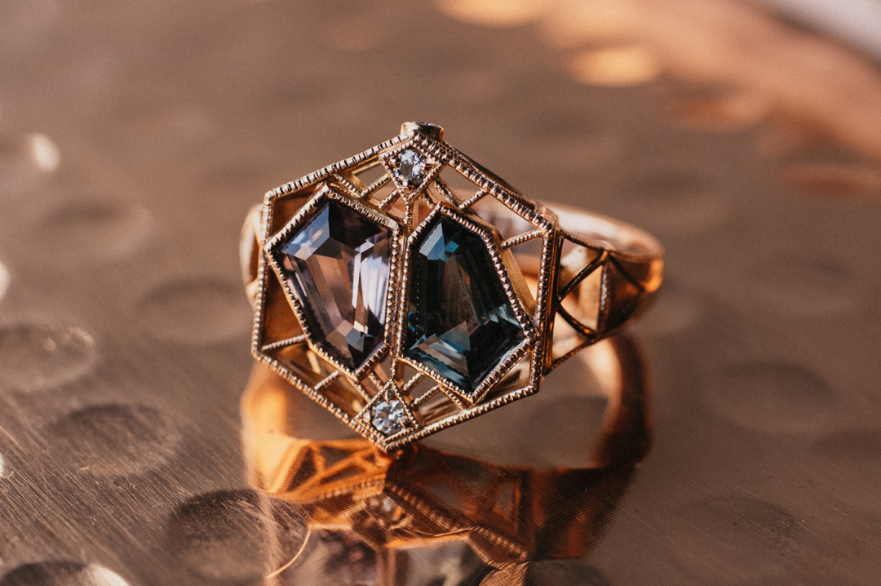The internet has many origin stories as to why and where we place our engagement and wedding rings. When in actuality there is no true or neat origin. Some quote the ancient Egyptians with their concept of a vein of love (vena amoris), which was later adopted by the Romans, and subsequently the Catholics. Yet, egyptologist Dr. Flora Anthony goes on record in an article with BigThink saying “Wedding rings were not an ancient Egyptian tradition. We actually have no evidence of any ceremony, ritual, or artifact related to marriage from ancient Egypt. The lack of evidence is intriguing”. She follows this with the recommendation that the symbol behind a wedding band may have come from the concept of the Ouroboros. This is a snake-like creature that is depicted eating his tail creating a closed loop. It is found in ancient Egypt, but also all over the world from the Norse to the Chinese. It often symbolized the unity of all things, spiritual and material; a symbol of loyalty.

Although that still doesn’t answer which hand, and which finger. During a Jewish wedding, the wedding band is actually placed on the index finger. It is for visibility so that witnesses can see the ring has been exchanged. It also symbolizes sealing the most important transaction in life on the most active finger. The fourth finger is common under the umbrella of Christianity, partly from the former Roman influence of Vena Amoris. Also partly from an old tradition where Christian priests would touch the ring to three separate fingers reciting ‘in the name of the Father, the Son, and the Holy Spirit’ and placing it on the final finger. In parts of India, wedding rings aren’t typically worn on the hands but rather on the feet. Bichiya or Metti are toe rings worn on the second toe of each foot and they signify that a woman is married.

For men, wedding bands are a relatively modern practice. It has its start amongst military men during the First and Second World Wars. American and European service members would wear simple bands to have a physical connection to their wives or sweethearts back home. This tradition was popular until the Korean War when it caught on with the average citizen.
In the West, it is common to stack your engagement ring and wedding band. Here in the studio, this is our most commonly asked question. Which one goes on top? There are two mindsets and it comes down to the opinion of the wearer. The wedding band under the engagement ring is popular, making it closer to your heart. This emphasizes the bond formed. The wedding band on top of the engagement ring shows a visual bookend to the wearers’ love story.
Embed from Getty ImagesThe world of wedding bands is a fascinating mix of traditions and personal choices. From culture to culture and hand to hand, the placement of these symbolic rings varies greatly. While there may not be a clear-cut origin story for the practice, theories abound, ranging from the ancient Egyptians' supposed "vein of love" to the intriguing symbolism of the Ouroboros found across different civilizations. Each culture has its own unique way of wearing wedding rings. It is all about personal preference and the story you want to tell. So, whether you choose to wear your wedding band close to your heart or have it placed on the second toe of each foot, the significance lies in the love and commitment that it represents.



